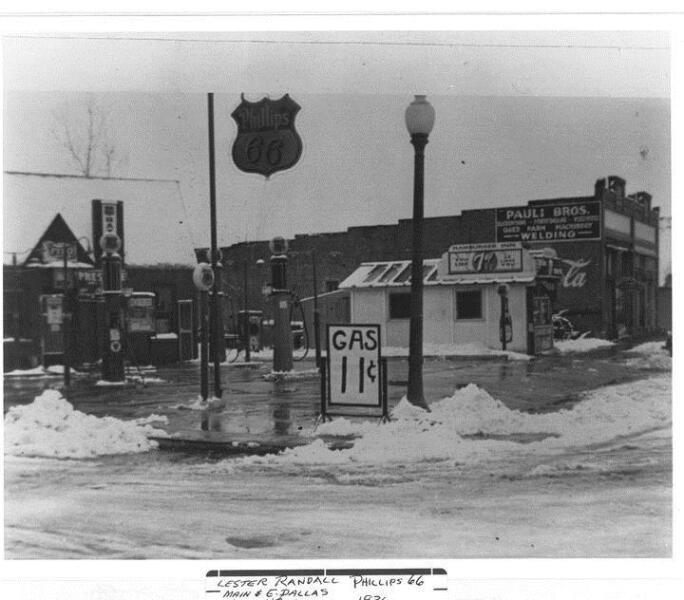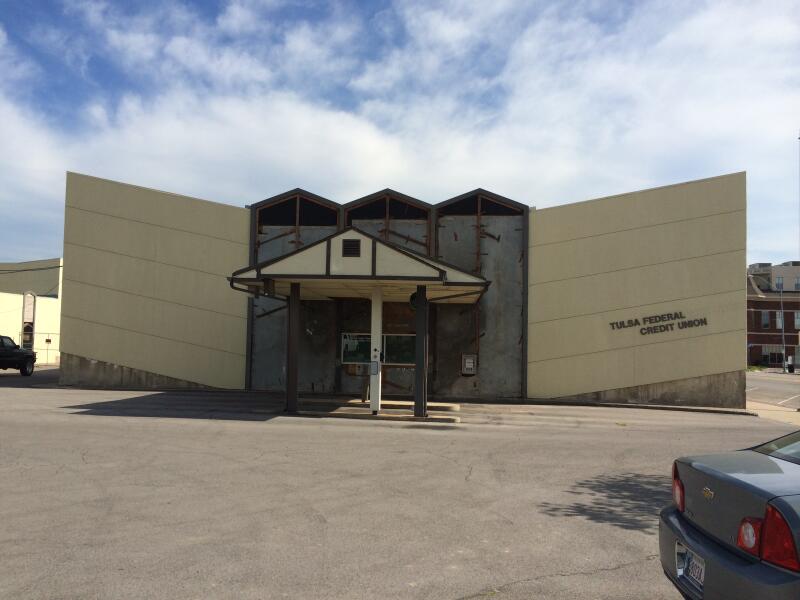When we decided to open Fleet Feet doors in Broken Arrow, we had no idea the story of this community stretched all the way back to Alabama.
In 1826, the Creek Indians were forced out of their farming community in Alabama, called Broken Arrow, and marched west. When they settled in Indian Territory, they chose the same name for their new settlement. Nearly a century before anyone was thinking about developing this land, the Creek had established hunting, fishing and agriculture. Before statehood, however, that would change.
At the turn of the century, four entrepreneurs travelled to the area, planning to build a cotton gin and general store. They set up shop a stone's throw from where the Creek had lived, and named their little homestead Elam, after one of their founders. But Elam was not to remain. In 1902, before construction was finished on the Missouri, Kansas and Texas Railway, the railroad allowed for the purchase of three townsites along their planned route. William S. Fears purchased one such allotment between two high mounds and named it Broken Arrow since it was close to where the Creek Indians had built their homes.
In 1903 the railroad passing through these parts was completed, and it did not extend as far as Elam, prompting those town founders and the families who had settled there to pick up and moved to Broken Arrow, where there was a train depot. By 1907, Main Street boasted a barber shop, several blacksmiths, a dry good place, restaurants, banks and drug stores. In fact, the first hospital was on the second floorof Petrick's Drugs, owned by Dr. Franklin who would later open a second hospital in the area in 1940. Schools, churches and libraries expanded into the region, along with Haskell State College. The first school was built in 1904, and was rebuilt in 1925 when the first school was destroyed in a fire. That building still exists today.

Growth was slow prior to World War II, but when men and women returned from war, Broken Arrow boomed, bringing new businesses and families to the community. Main Street hasn't always been the thriving thoroughfare it is today, but if you take a minute to look around, you'll see the echoes in the past in most of the Main Street buildings. This area has come to be known as the Rose District because in an effort to liven up the sparse and brown landscape, city leaders asked residents to landscape the area with bushes, plants and flowers. Roses were a popular planting choice and passers-through came to refer to the town as the City of Roses. When the revitalization efforts began, city leaders wanted to call attention to the past in this way.

Lynn Palmer tells us that the building was likely built in the late 1910s for Mr. Pauli and his sons who were blacksmiths. They expanded their business to including welding and farm equipment until some point during the Depression. Notice gas prices and Paul & Bros. on the brick. The building was probably vacant for some time before the Pontiac dealership took ownership. Area residents recall purchasing their first cars here. Of note is the fact that Main Street served as a main thoroughfare to Route 66. In the '70s, architect Edward Bates, who also worked on Oral Roberts University, redesigned the building so it could become the Broken Arrow Savings and Loan.

Visitors will note the exposed brick walls of the original building, the covered patio which used to serve as drive-through teller lanes, and the bra vault, which formerly held something of a different value. This iteration of the building at 303 S. Main is intended to blend with the revitalized area and to continue to serve our faithful customers in more of the Tulsa area. Welcome to the past and the future.
Connect With Us
see the latest from Fleet Feet Tulsa